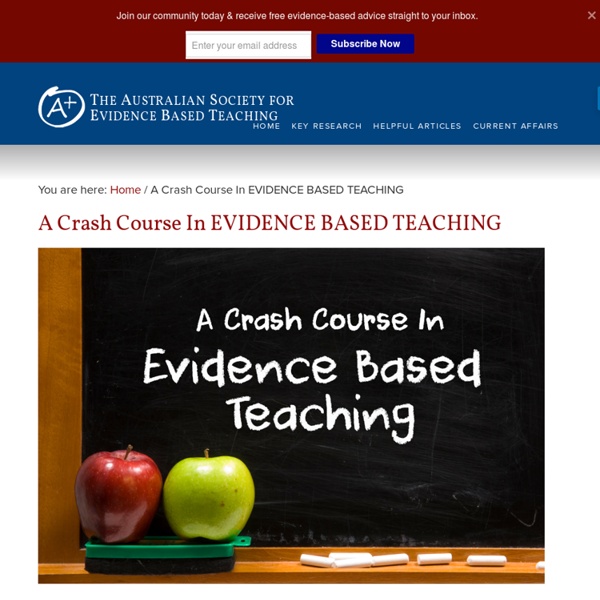



The Art of Planning Deeper Learning | Totally Learned As A Deep Learning Experience Deep Learning experiences develop when the learner is able to identify and link pre-existing knowledge and understandings. As the learning becomes deeper the learner is then able to extend and apply their ideas. As teachers this is what our classroom should be all about – to use activities and questions to construct opportunities to achieve more complex and deeper understandings Recently I had the pleasure of listening to John Hattie speak at a launch of the ‘New Pedagogies for Deep Learning’ project. In reflection I couldn’t help but draw comparisons with my own Deep Learning that was occurring. SOLO TaxonomySOLO stands for ‘Structure of the Observed Learning Outcomes’. Some levels of SOLO can be described as Surface Learning and others as Deeper Learning. In addition to assessing understanding it can useful for designing strategies and questions for the classroom. Some things to check out about SOLO Taxonomy. With the inclusion of collaboration: Like this:
The Changing Role Of The Teacher In Personalized Learning Environment The Changing Role Of The Teacher In Personalized Learning Environments by Amy Moynihan, Ph.D. Candidate at The University of Virginia via Hanover Research Today’s students are studying and learning differently – a change confirmed by the widespread adoption of digital studying. Further, research validates the use of mobile technology in education. Our research on college students presents many technology implications for districts as they prepare students to succeed in their collegiate careers – where technology is confirmed to play an integral role. Technologically-based tools provide opportunities for students to learn both in and out of the classroom. Teaching our Next Generation of Learners: Innovations and Strategies Several representative examples of these innovations are highlighted below. Gaming to learn: Integrating play-based learning concepts to benefit cognitive development, increase students’ attention spans, and improve overall engagement.
Classroom Eye Candy: A Flexible-Seating Paradise Several weeks ago, I posted an article on my Facebook page about student fidgeting and the advantages of flexible seating. One teacher who commented was high school teacher Rebecca Malmquist, who described her own flexible classroom: “I have taken all the conventional desks out and replaced them with mostly tables and a number of different kinds of chairs; I’ve used garage sales and the generosity of friends to furnish my room this way. My classroom looks like a college apartment. But I also build in transitions every 15 minutes or so that require movement (to get into groups, turn something in, write on a paper-covered wall, etc). I have little to no fidgeting problems or issues with attention loss.” Intrigued, I asked to see a picture. And so Classroom Eye Candy was born. Classroom Eye Candy will be a feature where I invite you to join me in ogling creative classroom design in any form. Rebecca Malmquist Name: Mrs. School Location: Hastings, Michigan click image for larger view